Filling Holes In Tree Trunks: How To Patch A Hole In A Tree Trunk Or A Hollow Tree
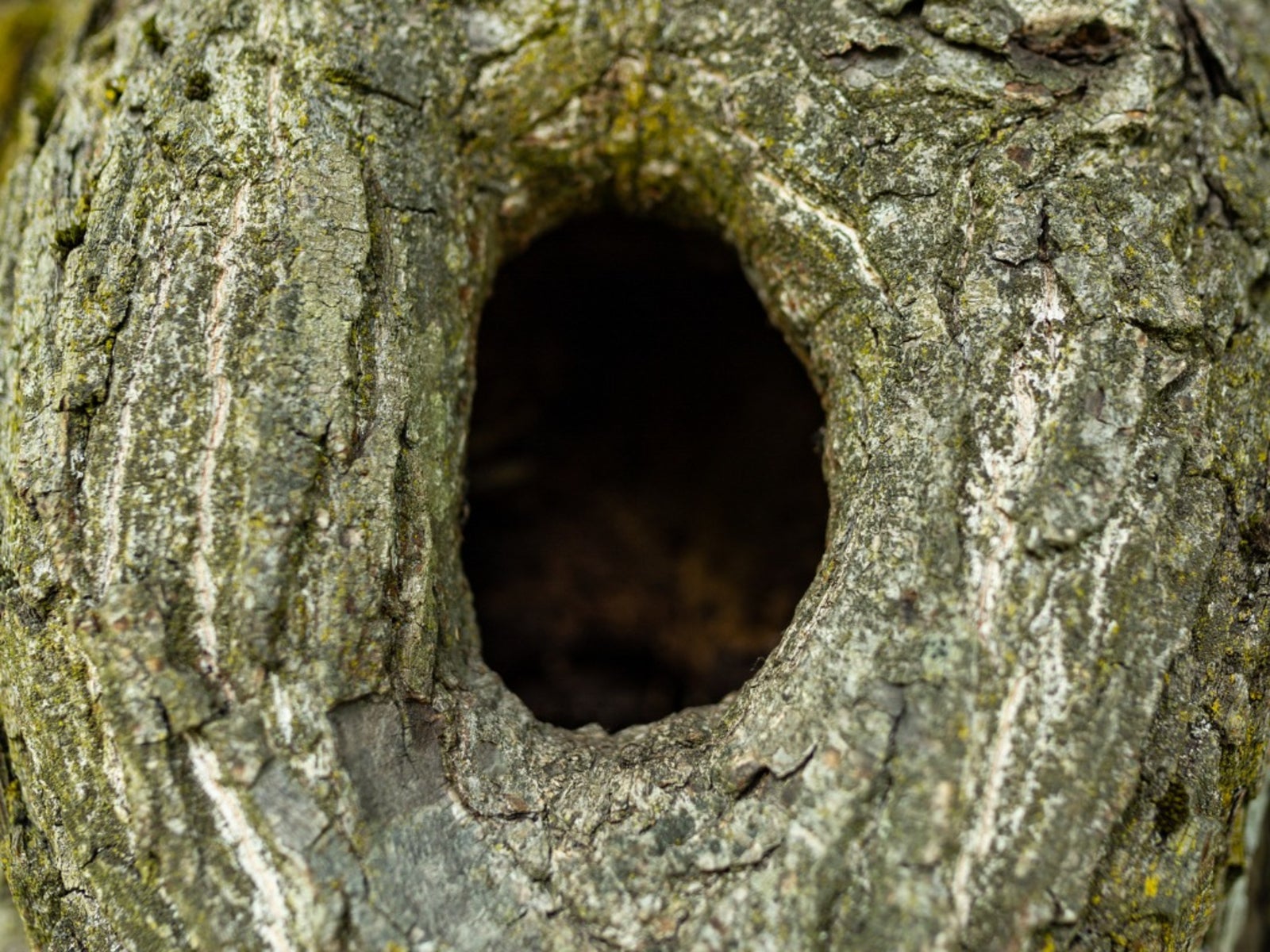

When trees develop holes or hollow trunks, this can be a concern for many homeowners. Will a tree with a hollow trunk or holes die? Are hollow trees a danger and should they be removed? Should you consider patching a tree hole or hollow tree? Let's look at these questions about tree holes and hollow trees.
Will Trees With Holes Die?
The short answer to this is probably not. When a tree develops a hole or if that hole gets larger and creates a hollow tree, most of the time, it is only the heartwood that is affected. The tree only needs the bark and the first few layers beneath the bark to live.
These outer layers will often be protected by their own barriers from the rot that creates hollows and holes inside the trees. As long as your tree looks healthy, it is unlikely that the hole in the tree will harm it.
When you find holes and hollows, you need to make sure that you do not damage the outer layers of the tree in the areas of the holes.
This can cause damage to the natural barrier and allow the rot to get into the essential outer layers of the trunk, which then can kill the tree.
Is a Tree With a Hollow Trunk a Danger?
Sometimes hollow trees are a danger and sometimes they are not. The heartwood of the tree is technically dead, but it does provide important structural support to the trunk and canopy above. If the area where the tree has been hollowed out is still structurally sound, the tree is not a danger.
Remember, a strong storm can put extra pressure on a tree and a tree that seems structurally sound in normal conditions may not be able to withstand the extra stress of high winds. If you are uncertain if the hollow tree is stable enough, have a professional arborist examine the tree. Also, be aware that studies have shown that filling in a hollow tree often does not improve the stability of the tree.
Gardening tips, videos, info and more delivered right to your inbox!
Sign up for the Gardening Know How newsletter today and receive a free copy of our e-book "How to Grow Delicious Tomatoes".
Do not rely on simply filling in a hollow tree as a suitable way to make a tree more stable. Remember to recheck a hollow tree regularly to make sure that it is still structurally sound.
Is Filling Holes in Tree Trunks a Good Idea?
In the past, it was often recommended that filling holes in tree trunks was a good way to correct the tree hole. Most tree experts now agree that this advice was incorrect. Filling holes in trees causes problems for several reasons. The material that you fill the tree hole with will not react to the weather in the same way the tree wood will.
The material you use will expand and contract at a different rate, which will either cause more damage to the tree or can create gaps where water (which leads to more rot) and disease can get trapped. Not only that, but if the tree must be removed at a later date, fill materials can create dangerous situations to the person removing the tree.
Imagine if someone using a chainsaw were to hit a concrete fill that they were not aware of in the tree. If you have decided that filling a hole in a tree trunk is your best option, make sure that you use a softer material, such as expanding foam, to do so.
How to Patch a Hole in a Tree Trunk
The recommended method for patching a tree hole is to use a thin metal flap or screening covered with plaster over the tree hole. This will prevent animals and water from entering the hole and create a surface that the bark and outer living layers can eventually grow back over.
Before patching a tree hole, it is a good idea to remove any water from the hole and any soft rotted wood. Do not remove any wood that is not soft as this can damage the outer layer of the tree and allow disease and rot to enter the living part of the tree.

Heather Rhoades founded Gardening Know How in 2007. She holds degrees from Cleveland State University and Northern Kentucky University. She is an avid gardener with a passion for community, and is a recipient of the Master Gardeners of Ohio Lifetime Achievement Award.
-
 Zinnias On Repeat: 10 Glorious Cut-And-Come-Again Varieties For Endless Summer Bouquets
Zinnias On Repeat: 10 Glorious Cut-And-Come-Again Varieties For Endless Summer BouquetsThese zinnia varieties keep giving all summer, making them the perfect choice for dedicated cutting gardens – or just the occasional homegrown bouquet.
By Ellen Wells
-
 Create A Romantic Garden Straight Out Of Bridgerton: Regency Era Romance In Your Garden
Create A Romantic Garden Straight Out Of Bridgerton: Regency Era Romance In Your GardenTry some romantic garden ideas straight out of Bridgerton. Flowers and gardens in the Regency era were lush and charming and you can get the same look!
By Bonnie L. Grant
-
 Best Trees For Carbon Sequestration And Climate Change
Best Trees For Carbon Sequestration And Climate ChangeLet’s keep planting trees. They are our best bet for capturing carbon and may help with our global warming issues.
By Teo Spengler
-
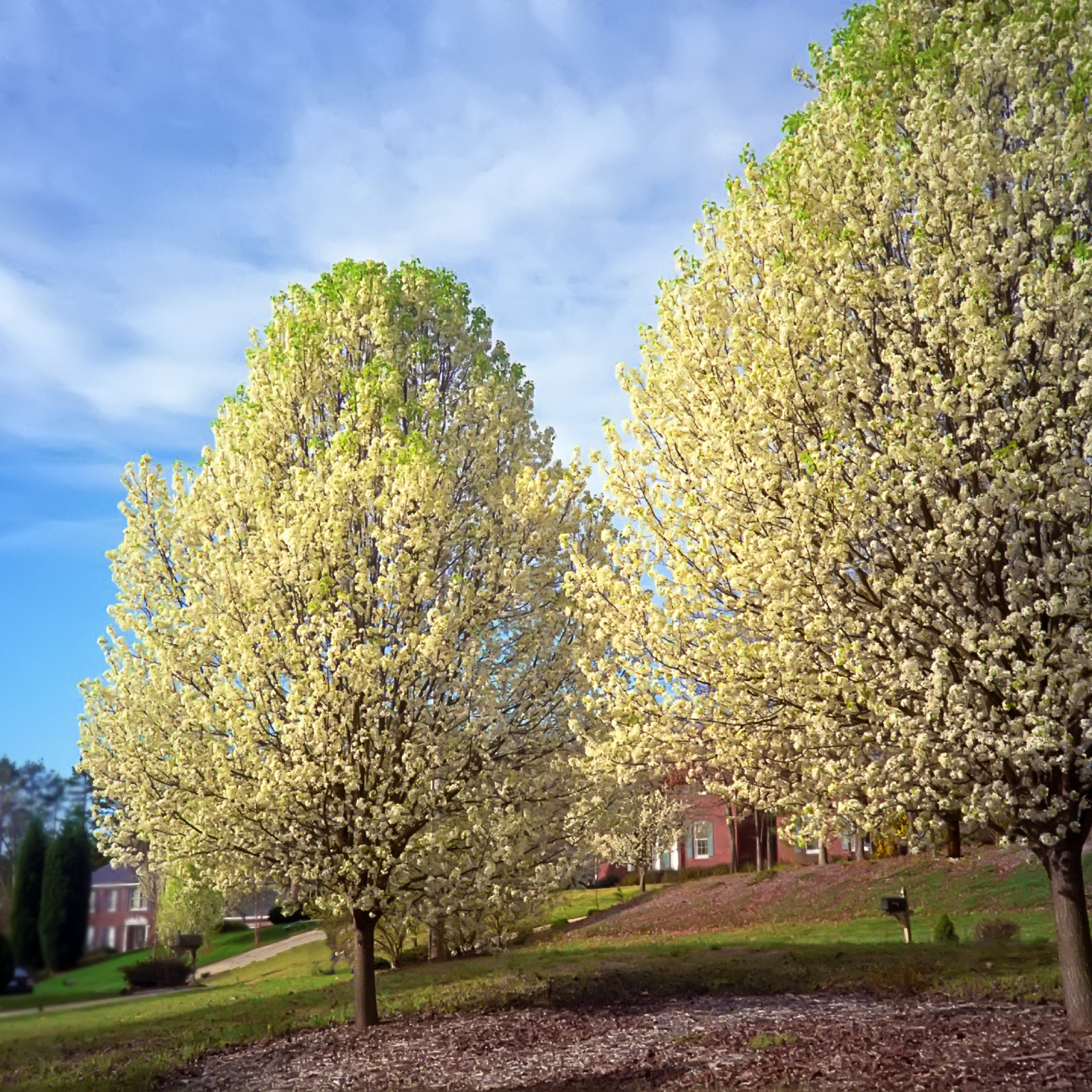 7 Invasive Trees You Should Never Plant In Your Yard Or Garden
7 Invasive Trees You Should Never Plant In Your Yard Or GardenWhat are some invasive trees you should never plant in your yard? Click here to find out.
By Teo Spengler
-
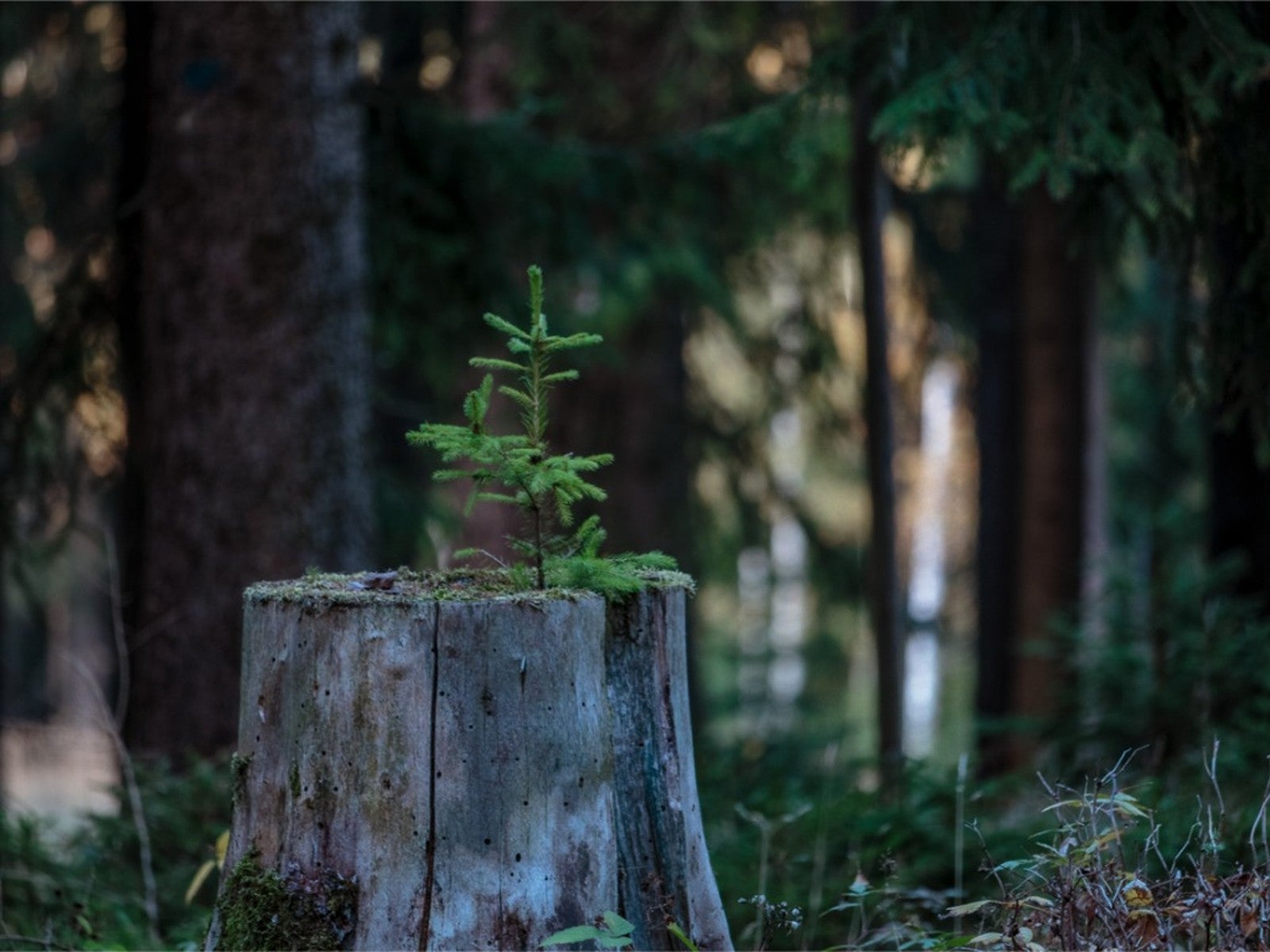 How Close Can You Plant A Tree To A Stump?
How Close Can You Plant A Tree To A Stump?Looking to plant new trees near old stumps or where stumps have been removed? Click here to learn how.
By Teo Spengler
-
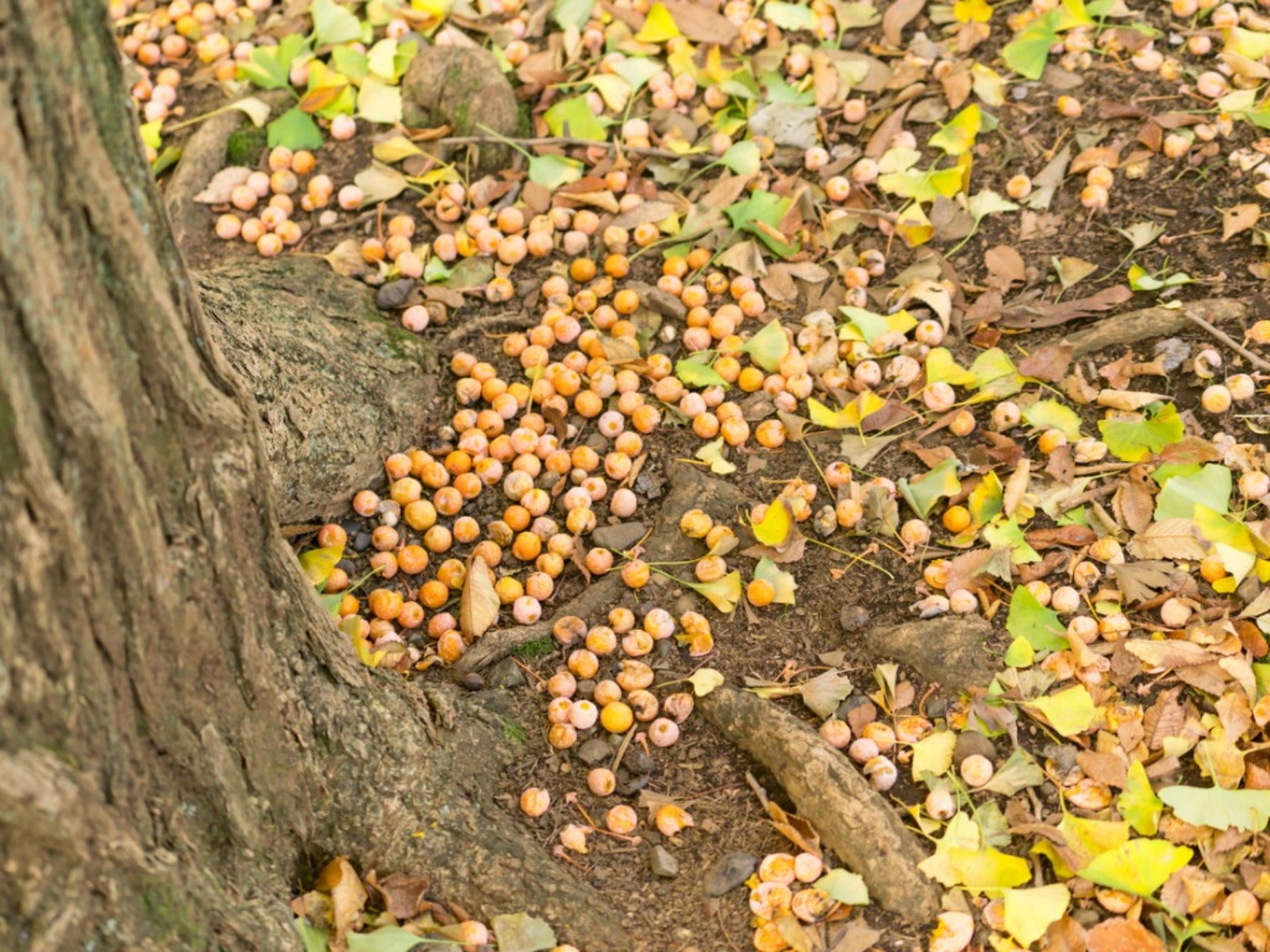 Messiest Trees That Drop Debris Everywhere
Messiest Trees That Drop Debris EverywhereWant to know which trees will create the biggest messes in your home landscape? Click here to find out.
By Amy Grant
-
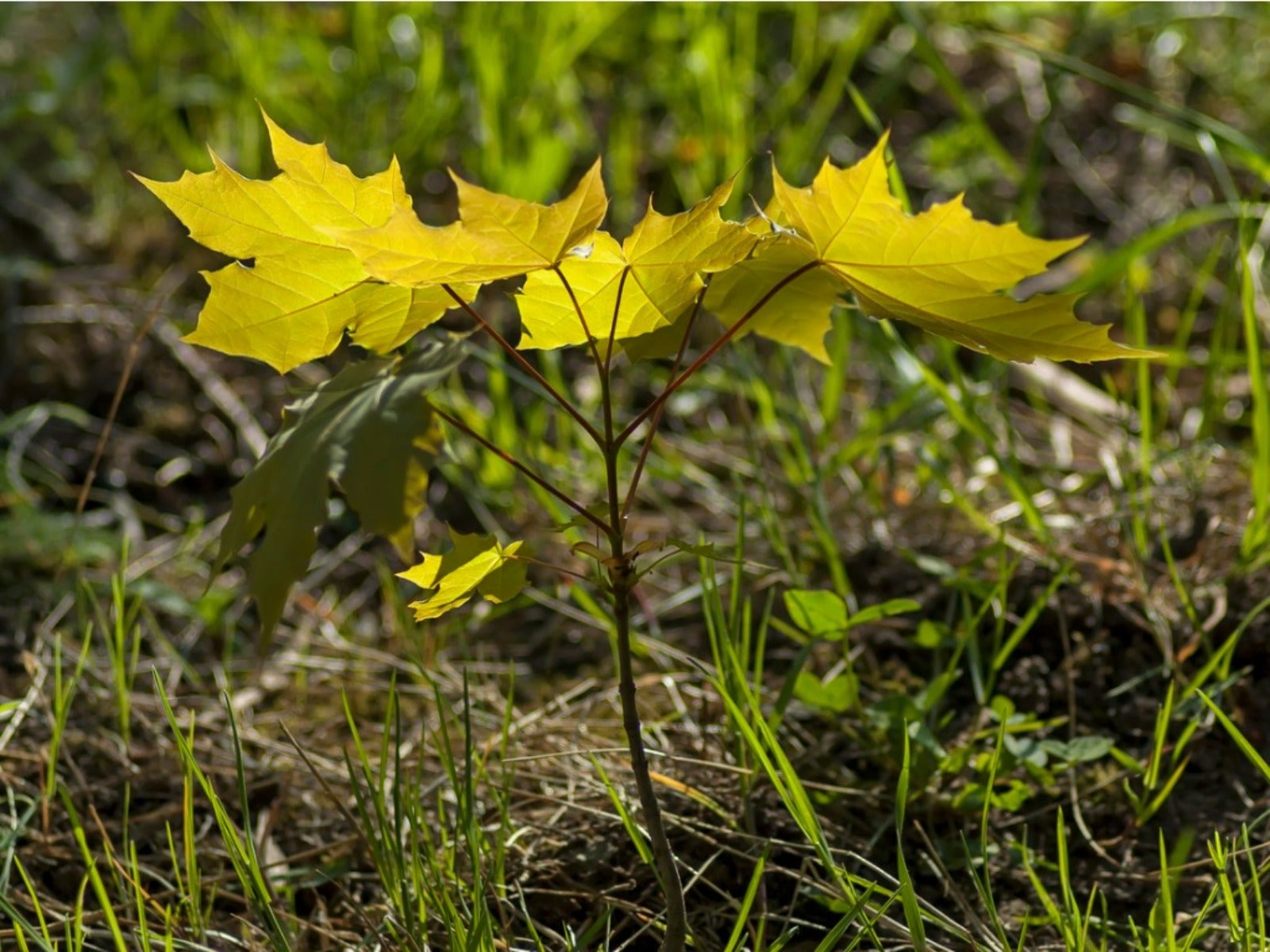 How To Get Rid Of Tree Sprouts In The Yard From Nearby Trees
How To Get Rid Of Tree Sprouts In The Yard From Nearby TreesLearn the simple way to keep pesky tree seedlings in your lawn from becoming saplings.
By Teo Spengler
-
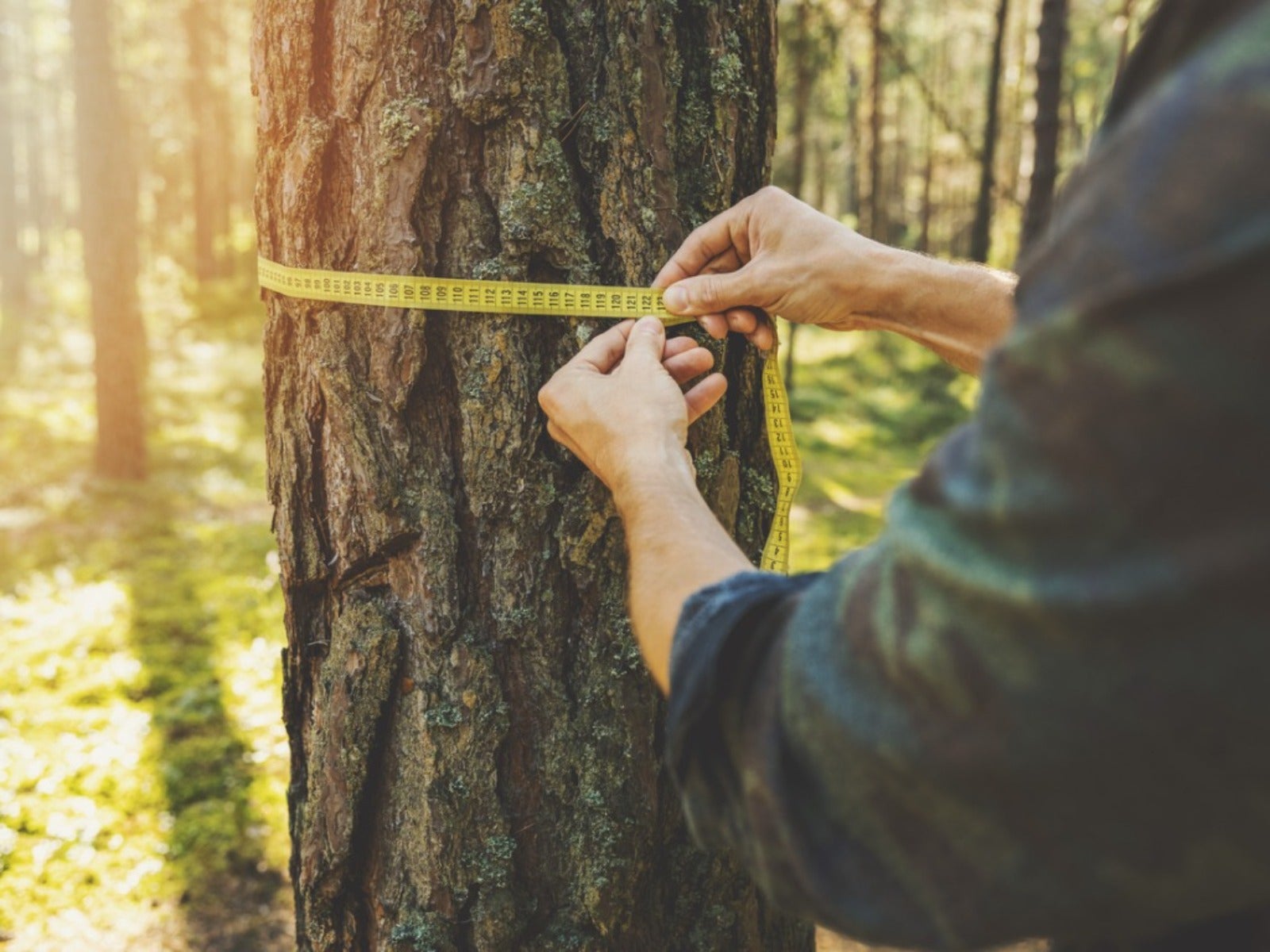 How To Tell How Old A Tree Is
How To Tell How Old A Tree IsEver wondered how to calculate the age of a tree? Click here to learn all about it.
By Teo Spengler
-
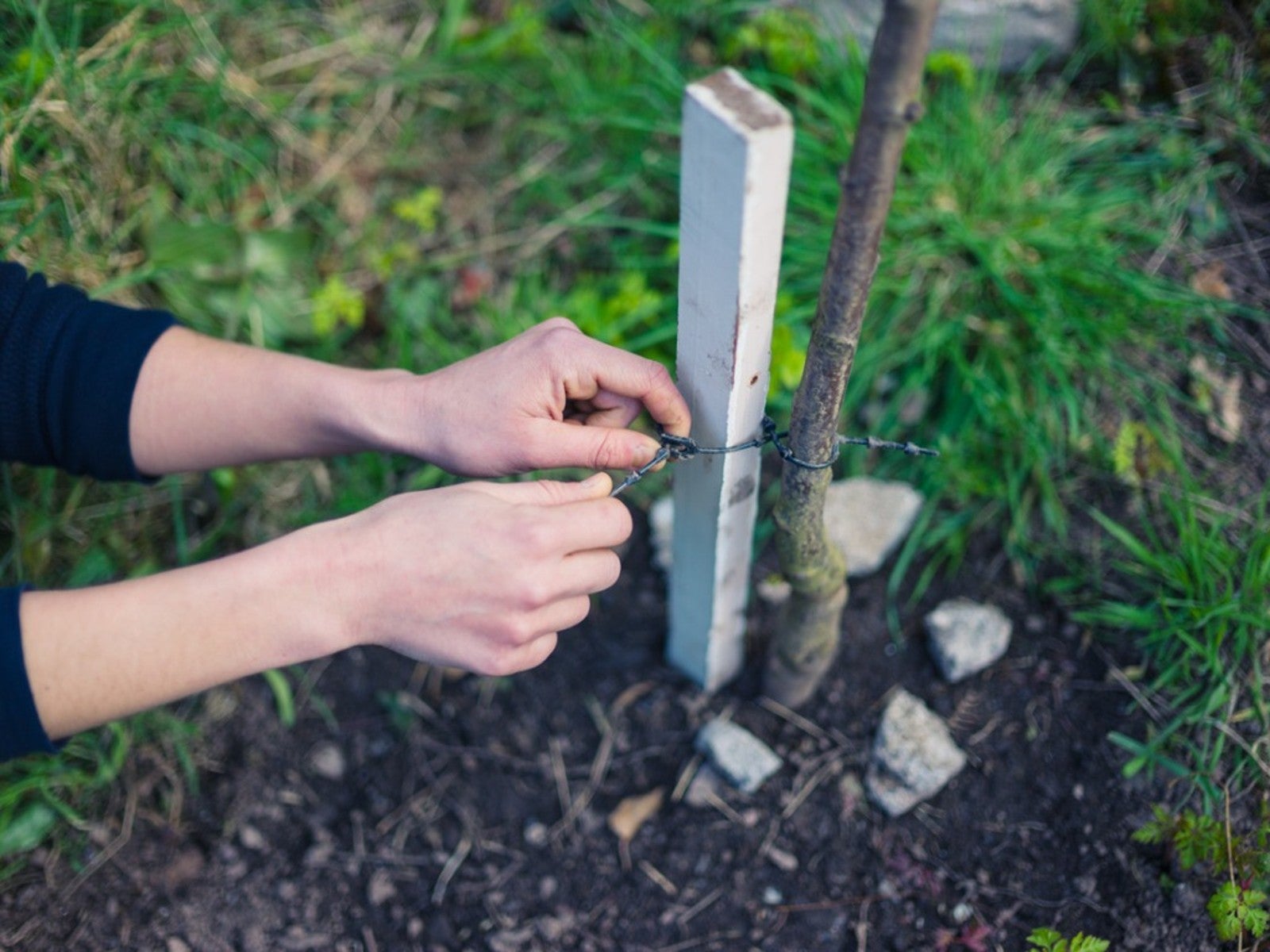 When To Remove Tree Stakes From Saplings
When To Remove Tree Stakes From SaplingsA newly planted tree may grow strong when it’s staked, but don’t forget to remove the stakes when it’s stable.
By Teo Spengler
-
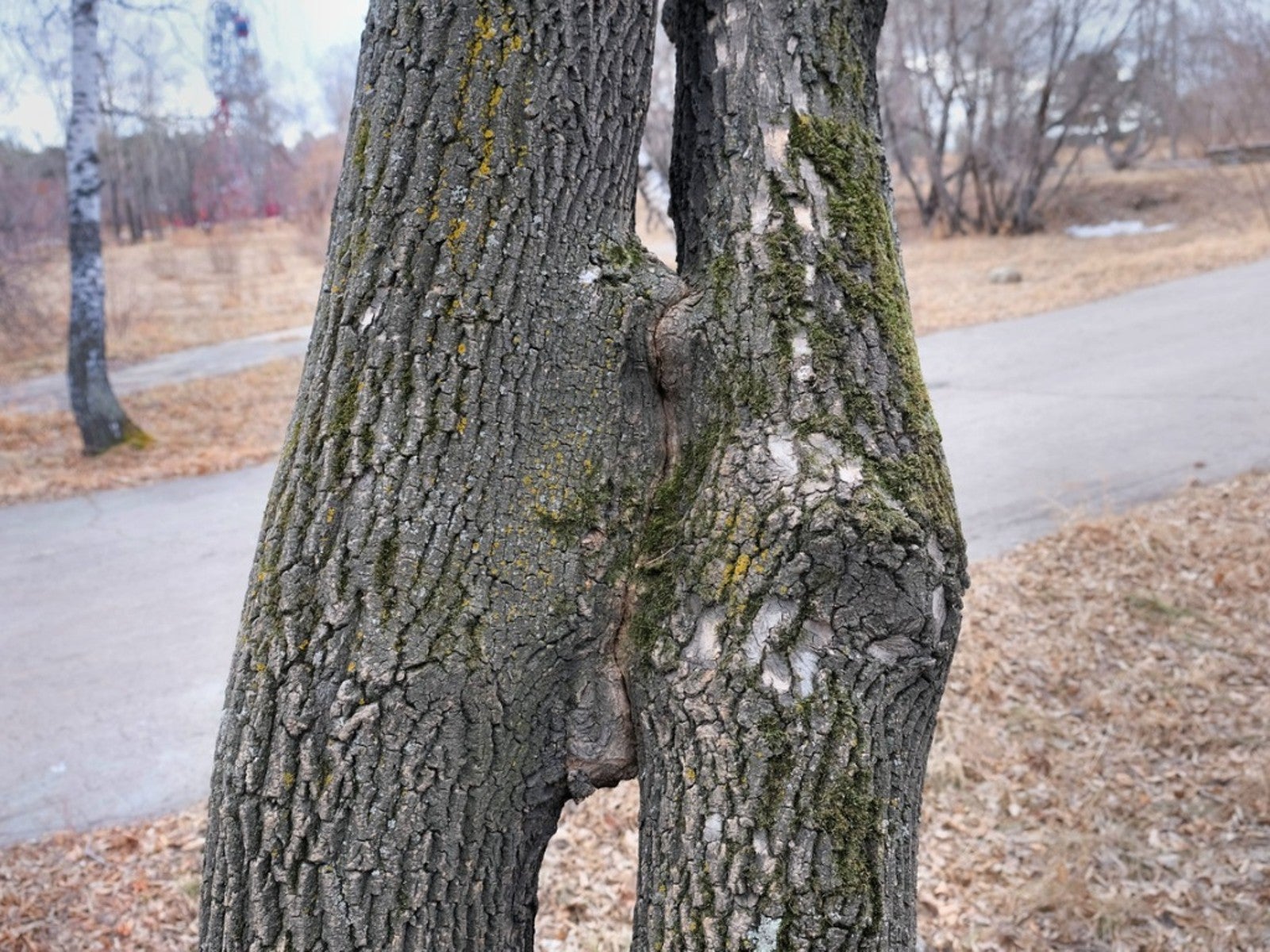 Inosculation And Trees Growing Together
Inosculation And Trees Growing TogetherIf you ever see two trees that have bonded and grown together, read here to learn why and how it happens.
By Teo Spengler